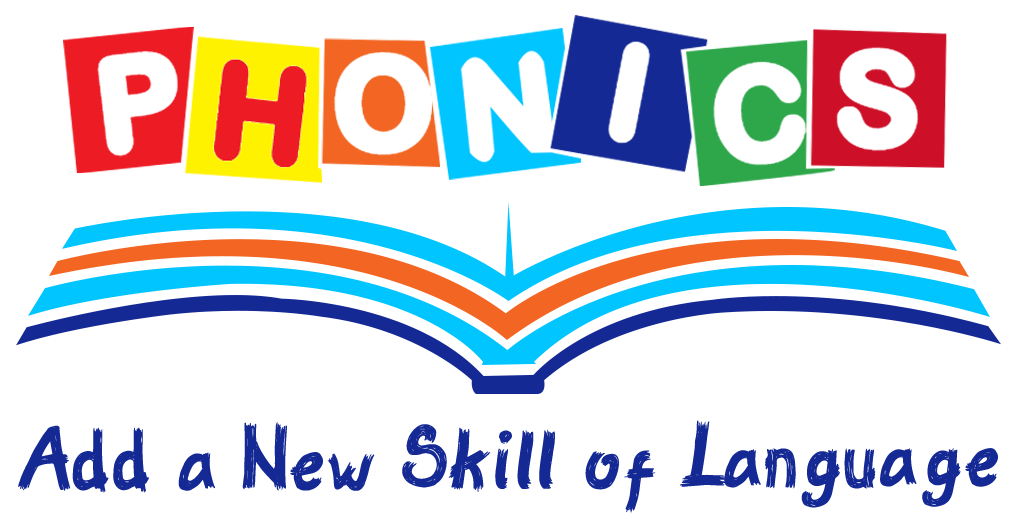Assessment for Reading Instruction
Amazon.com Price: $46.00 (as of 13/12/2024 23:50 PST- Details) & FREE Shipping.
Now in a revised and updated fourth edition, this accessible text has given over 100,000 preservice and inservice teachers vital tools for systematic reading assessment in grades K–8. The book explains how to use both formal and informal assessments to evaluate students’ strengths and needs in all components of reading. Effective, engaging methods for targeted instruction in each area are outlined. In a convenient large-size format, the book includes 30 reproducible tools, plus an additional multipage assessment in an online-only appendix. Purchasers get access to a companion website where they can download and print the reproducible materials. New to This Edition *Expanded coverage of the middle grades (4–8), including a new chapter and case study, and explicit attention to this grade range throughout; new coauthor Kevin Flanigan adds expertise in this area. *New and expanded topics: computer-based testing methods, assessing academic language, and how to use reading inventories more accurately. *Additional reproducible tools: informal reading inventory summary form, comprehension retelling forms for narrative and informational text, computer-based comprehension test comparison worksheet, revised Informal Decoding Inventory, and more.
Description
Now in a revised and updated fourth edition, this accessible text has given over 100,000 preservice and inservice teachers vital tools for systematic reading assessment in grades K–8. The book explains how to use both formal and informal assessments to evaluate students’ strengths and needs in all components of reading. Effective, engaging methods for targeted instruction in each area are outlined. In a convenient large-size format, the book includes 30 reproducible tools, plus an additional multipage assessment in an online-only appendix. Purchasers get access to a companion website where they can download and print the reproducible materials. New to This Edition *Expanded coverage of the middle grades (4–8), including a new chapter and case study, and explicit attention to this grade range throughout; new coauthor Kevin Flanigan adds expertise in this area. *New and expanded topics: computer-based testing methods, assessing academic language, and how to use reading inventories more accurately. *Additional reproducible tools: informal reading inventory summary form, comprehension retelling forms for narrative and informational text, computer-based comprehension test comparison worksheet, revised Informal Decoding Inventory, and more.
Additional information
| Author | |
|---|---|
| Author | |
| Author |






